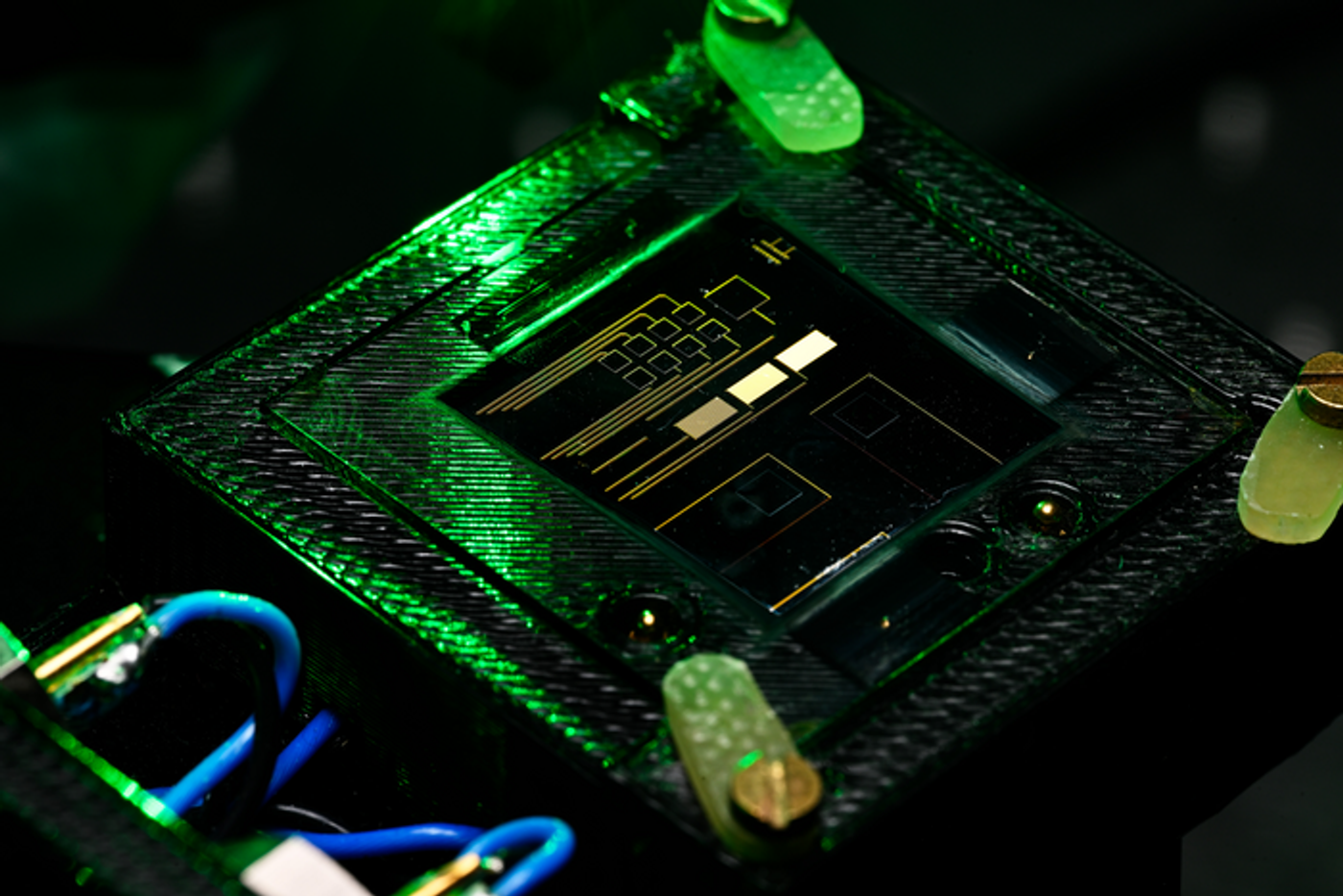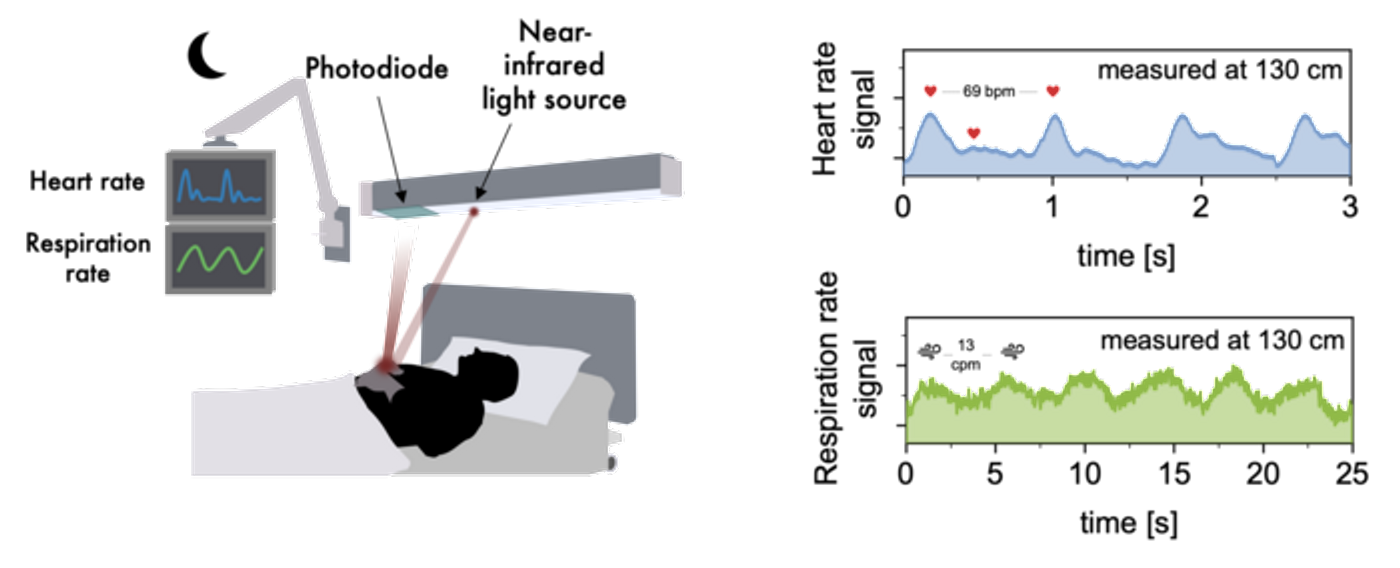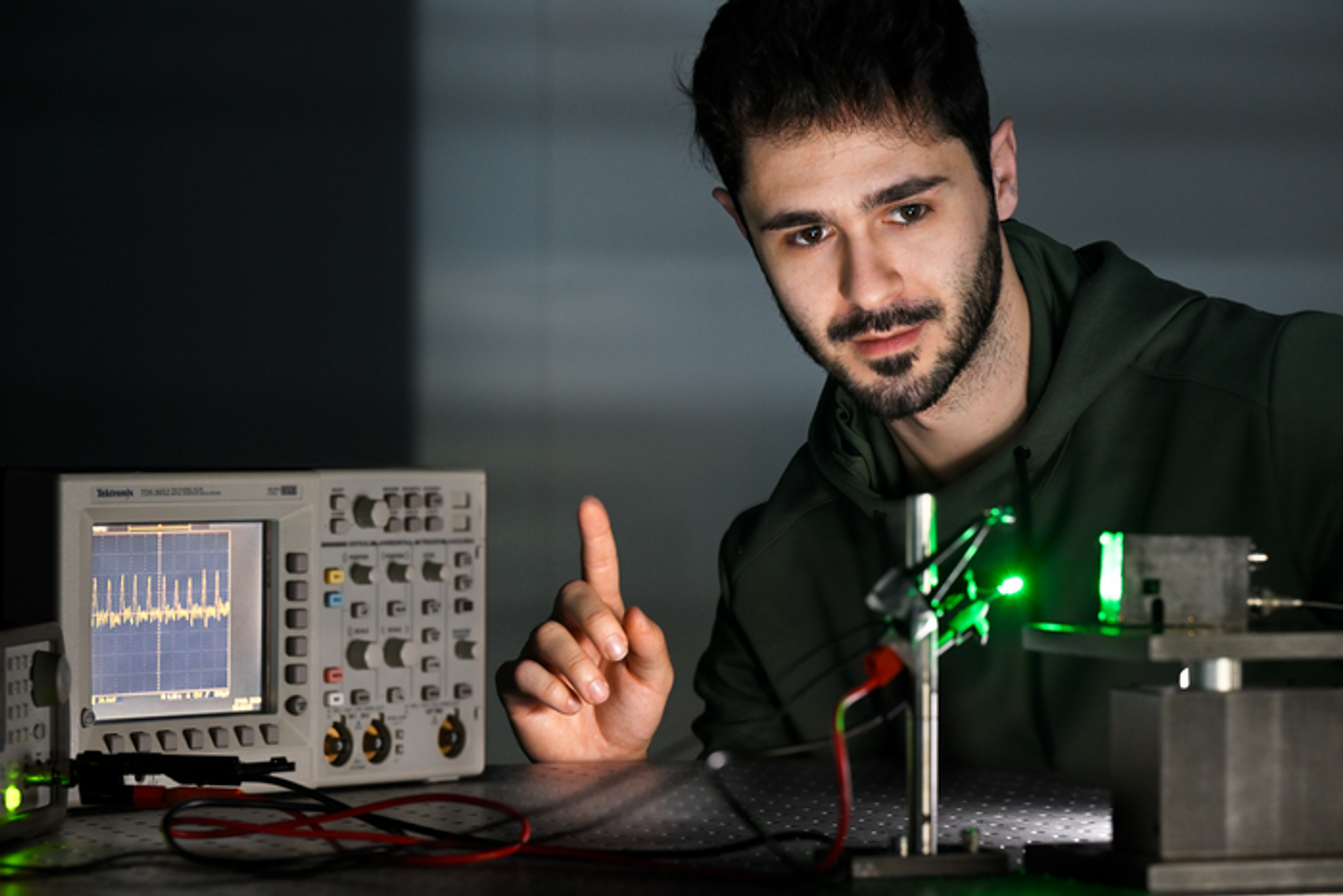Light Sensor Reaches "Quantum Efficiency" of 200 Percent
In a recent study published in Science Advances, a team of researchers led by the Eindhoven University of Technology (TU/e) in the Netherlands have successfully experimented with photodiodes, which is a technological cousin of solar panels with multiple stacked cells and have achieved a photoelectron yield greater than 200 percent. This study holds the potential to advance the field of quantum efficiency and stacked solar cells, which could lead to better devices capable of monitoring a person’s health in a noninvasive manner.
“I know, this sounds incredible,” said Dr. René Janssen, who is a professor at TU/e, and a co-author on the study. “But we’re not talking about normal energy efficiency here. What counts in the world of photodiodes is quantum efficiency. Instead of the total amount of solar energy, it counts the number of photons that the diode converts into electrons.
“I always compare it to the days when we still had guilders and lira,” Dr. Janssen continued. “If a tourist from the Netherlands received only 100 lira for their 100 guilders during their holiday in Italy, they might have felt a bit shortchanged. But because in quantum terms, every guilder counts as one lira, they still achieved an efficiency of 100 per cent. This also holds for photodiodes: the better the better the diode is able to detect weak light signals, the higher its efficiency.”
Hypothetical setup of the photodiode used to monitor a hospital patient. (TU/e | Riccardo Ollearo)
This study builds upon previous research that began four years ago by lead author and PhD student, Riccardo Ollearo. Initially, the researchers encountered two such problems: First, the photodiode should reduce the generated current without light, also known as dark current. Second, the photodiode should be able to differentiate the relevant infrared light from the background light (“noise”).
Working in collaboration with researchers at the Holst Centre, Olleardo created a tandem diode, which combines organic PV cells and perovskite cells, which are frequently used in solar cells. In the end, he was able to reach 70 percent efficiency.
“Impressive, but not enough”, said Ollearo. “I decided to see if I could increase the efficiency even further with the help of green light. I knew from earlier research that Illuminating solar cells with additional light can modify their quantum efficiency, and in some cases enhance it. To my surprise, this worked even better than expected in improving the photodiode sensitivity. We were able to increase the efficiency for near-infrared light to over 200 percent!”
To test the photodiode, which is one-hundredth the thickness of newsprint, Ollearo wanted to detect heart rate signals. He held the device approximately 51 in (130 cm) from a finger and the researchers found the photodiode was able to detect small variances in infrared light that was reflected back into it. As it turns out, these changes indicated heart rate, as they sought to do. So, does this mean the research is finished?
“No, certainly not,” said Dr. Janssen. “We want to see if we can further improve the device, for instance by making it quicker. We also want to explore whether we can clinically test the device, for instance in collaboration with the FORSEE project.”
The FORESEE project is a collaborative effort between TU/e and the Catharina Hospital in Eindhoven and is currently making progress on an intelligent camera capable of a patient’s respiration and heart rates.
Sources: Science Advances, EurekAlert!, TU/e
As always, keep doing science & keep looking up!











